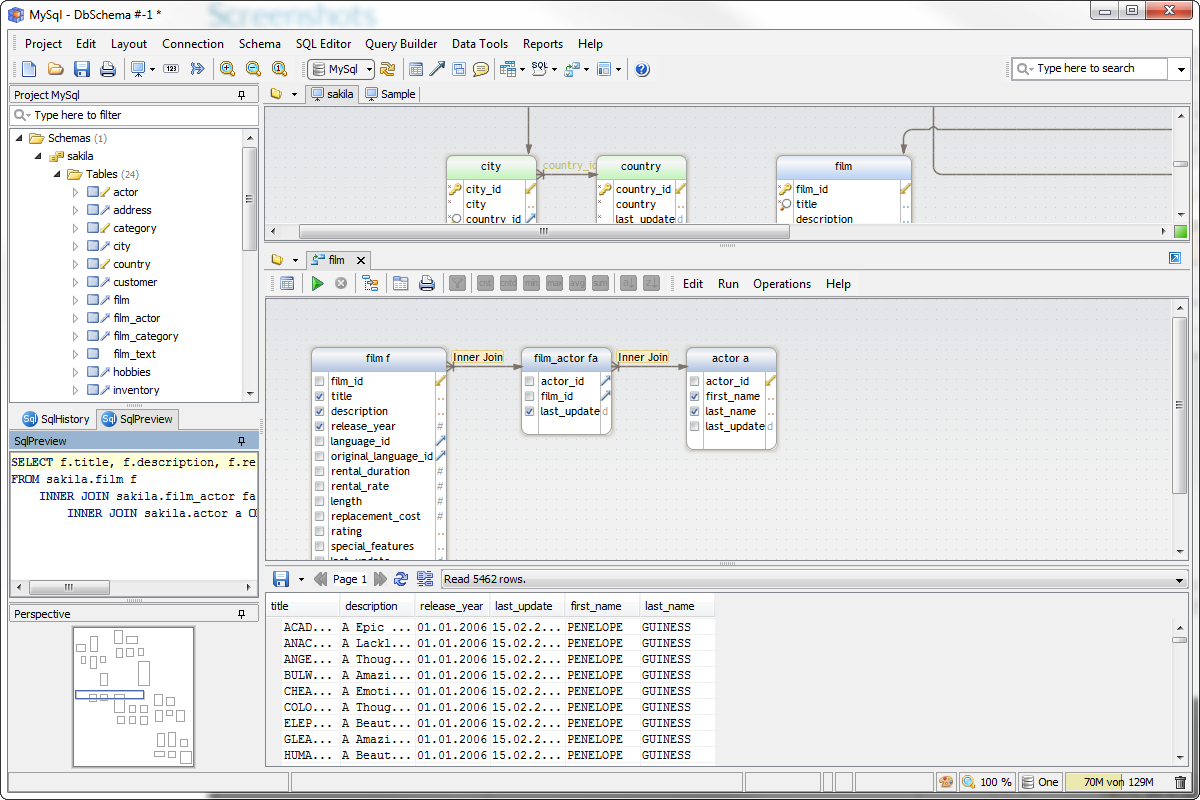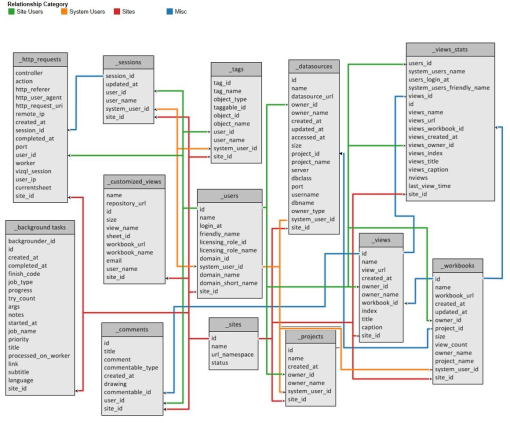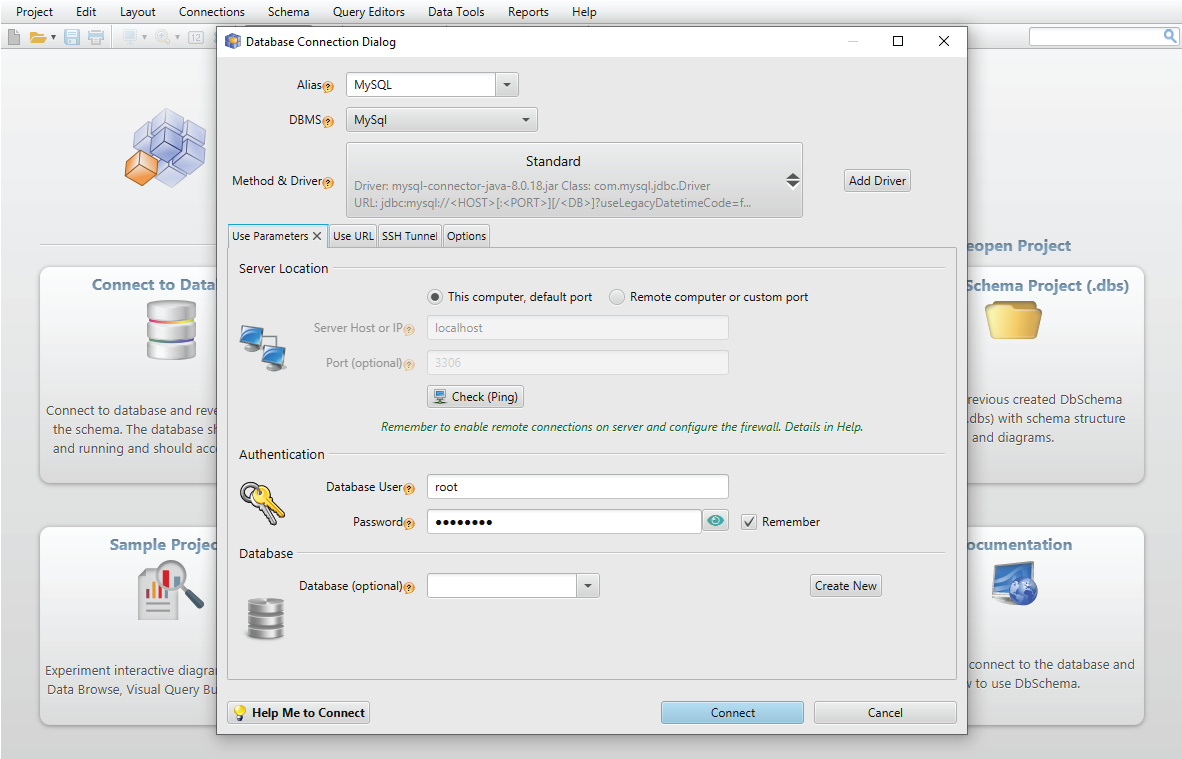
In order to set values on a given restriction, and not set the values of other restrictions, you need to set the preceding restrictions to null and then put the appropriate value in for the restriction that you would like to specify a value for.Īn example of this is the "Tables" collection. The restrictionValues parameter can supply n depth of values, which are specified by the restrictions collection for a specific collection.

( (10) NOT NULL,ĬONSTRAINT PRIMARY KEY CLUSTERED

Gets schema information of the database, tables, and some columns.īefore you run the sample, you need to create the sample database, using the following Transact-SQL: USE ĬREATE TABLE. Use schema restrictions to get the specified information. Uses GetSchema to get schema information. You may need the schema information of the database, tables or columns. Right click Source_SYS and then click Connect.CollectionName is specified as null. Have the service name, port number and IP address available for the next section.Įnsure that Source_SYS displays in the list of Connections.
#Dbschema connect 64 Bit#
Last Successful login time: Wed 15:31:35 -04:00Ĭonnected to: Oracle Database 12c Enterprise Edition Release 12.1.0.2.0 - 64bit Productionĭisconnected from Oracle Database 12c Enterprise Edition Release 12.1.0.2.0 - 64 bit Productionįind the IP address for the environment that the database is installed from ifconfig's inet addr value. (The database name is not case sensitive.)

#Dbschema connect password#
In this tutorial, the administrator is called SYS and its password is oracle and the database is ORCL. Validate that your administrator can connect to the database. (ADDRESS = (PROTOCOL = TCP)(HOST = localhost)(PORT = 1521)) # Generated by Oracle configuration tools. # tnsnames.ora Network Configuration File: /scratch/rdbms/product/12.1.0/dbhome_1/network/admin/tnsnames.ora For example, in this tutorial, it's located in $TNSADMIN which is /scratch/rdbms/product/12.1.0/dbhome/network/admin/ and it displays the he service name of. and the port of 1521. In the environment where the Oracle database is installed find the service name and port number for the database from tnsnames.ora. Role: SYSDBA (If your user is not a system administrator, then select an appropriate role from the Role drop-down menu.)Ĭonfirm that the Status displays Success.Įnsure that PDB1_SYS displays in the list of Connections.Įnter your SQL scripts in the worksheet that opens for this connection.

In the New /Select Database Connection window, enter or select the following information and then click Test: In the Connections section, click the New Connection dropdown menu and select New Connection. Right click the SSH host, DB12C-ABC and click Test.Įnsure that the message is Connection test successful and click OK.
#Dbschema connect update#
If you don't remember where the private key is, refer to Update Public/Private Key Pairs of Oracle Public Cloud Services to create a new pair of keys specific to this database instance.Īdd a Local Port Forward: Select check box.Īutomatically assign local port: Select radio button For this tutorial, it's called privateKey which was created through the Create Service wizard of Oracle Database Cloud Service, located in the unzipped folder of sshkeybundle.


 0 kommentar(er)
0 kommentar(er)
